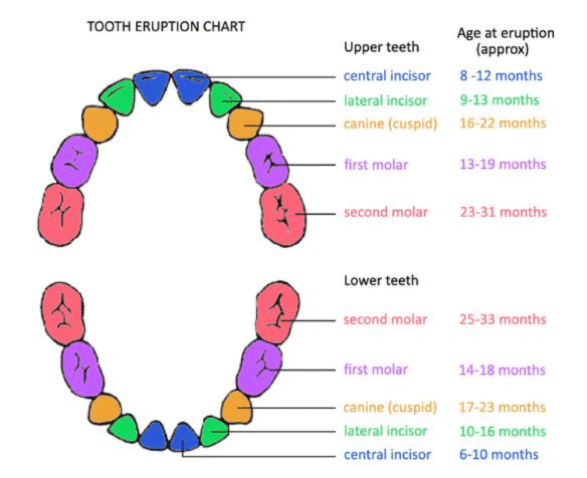FAQ
Your child should visit a dentist when the first tooth comes in, usually between 6 and 12 months of age. This visit will establish a dental home for your child. Early examinations and preventive care will protect your child’s smile now and for the future.
The most important reason is to begin a thorough prevention program. A big concern is Early Childhood Caries (formerly known as baby bottle tooth decay or nursing cavities). The earlier the dental visits the better the chance of preventing dental problems, children with healthy teeth chew food easily and smile with confidence.
Children should be weaned from the bottle at 12-14 months of age.
Starting at birth, clean your child’s gums with a soft infant toothbrush or cloth and water. Parents should use a tiny smear of fluoride toothpaste and a soft, age-appropriate soft-bristled sized toothbrush to brush baby teeth twice daily as they erupt. A toothbrush will remove plaque that can lead to tooth decay.
The sooner the better! Your child should use toothpaste with fluoride and with the American Dental Association Seal of Acceptance.
For children under two-years-old, use a smear (or “rice-size”) of fluoridated toothpaste. For those aged 2 to 5 years, a pea-sized amount is recommended.
Fluoride is a compound that contains fluorine, a natural element. Using small amounts of fluoride on a routine basis can help prevent tooth decay. Research shows that community water fluoridation has lowered decay rates by over 50%, which means that fewer children grow up with cavities.
Fluoride inhibits loss of minerals from tooth enamel and encourages remineralization (strengthening areas that are weakened and beginning to develop cavities). Fluoride also affects bacteria that cause cavities discoursing acid attacks that break down the tooth.
Using appropriate amount of fluoride for the prevention and control of decay is proven to be both safe and effective. Reviewing your child’s diet and home care with your child’s dentist and monitoring your child’s brushing at home can prevent excess fluoride ingestion that may lead to enamel fluorosis.
Pediatric dentists are the pediatricians of dentistry. A pediatric dentist has two to three more years of specialty training following dental school and limits his/her practice to treating children only. Pediatric dentists are primary and specialty oral care providers for infants and children through adolescence, including those with special health care needs.
Dr. Kim welcomes all parents into the back during their children’s visit. Especially for small children, having a parent present in the room brings ease to both the child and parent and it is encouraged at Willowbrook Dentistry for Children. We’d love for parents to be participants in their child’s care.
With a protective apron and digital sensors that are used at Willowbrook Dentistry for Children, the amount of radiation a child is exposed to while taking X-rays is extremely small. X-rays will be taken only when it is deemed necessary after reviewing child’s medical and dental history and a clinical examination to keep the amount of radiation exposure as low as possible. Undetected and untreated dental problems may represent a far greater risk than dental X-rays.
Parents should take their children to the dentist regularly, beginning with the eruption of the first tooth. Then, the dentist can recommend a specific program for brushing, flossing, and other treatments for parents to supervise and teach their children. These home treatments, when added to regular dental visits and a balanced diet, will help give your child a lifetime of healthy habits.
A check-up at least every six months is recommended in order to prevent cavities and other dental problems. However, Dr. Kim can tell you when and how often your child should visit based on their personal oral health.
Thumb and pacifier sucking habits with generally only become a problem if they go on for a very long period of time. Most children stop these habits on their own, but if they are still sucking their thumb or fingers past the age of three Dr. Kim will be glad to help you and your child find ways to stop the habit.
The most important thing is to remain calm. Then find the tooth and rinse off in cold water. Hold tooth by the crown rather than by the root and try to re-insert it in the socket. If that is not possible, put the tooth in a glass of cold milk and bring your child immediately to a dentist. To avoid injury to the underlying permanent tooth, baby teeth should not be inserted back into the socket.
Primary, or “baby”, teeth are important for many reasons. Although children’s teeth are eventually replaced by adult teeth, it is important to restore these teeth to avoid infections and discomfort, permit normal speech development, avoid damage to the permanent teeth, help guide eruption of the permanent teeth and help maintain good nutrition with proper chewing.
